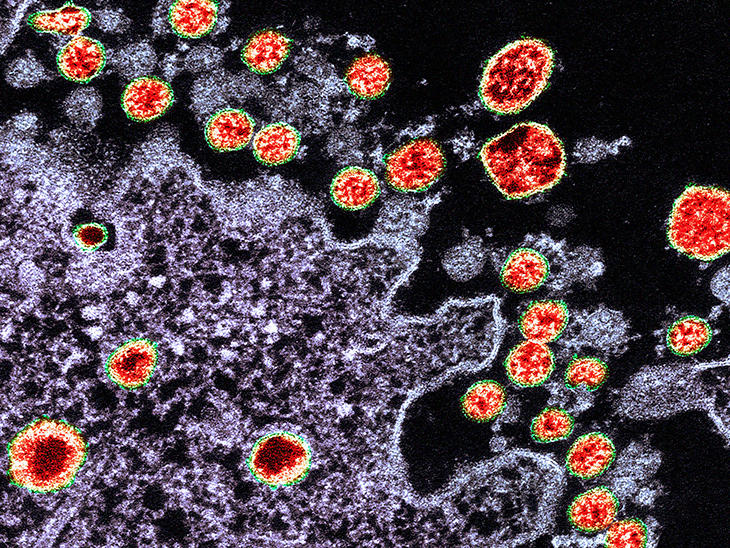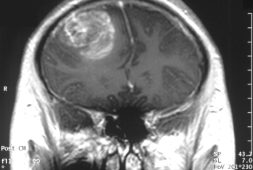
What Is A Coronavirus? What is COVID-19?
It is the year 2020, and the world has changed, literally, over a span of a few weeks. Global travel which was at its prime just recently, making it one of the hallmarks of the 21st Century, has become more restricted, and in some cases are at a standstill. Most forms of commerce have slowed down, some of the world’s biggest corporations are posting losses instead of profits, and even the world’s major economies are warning its citizens of a possible recession. What has caused such a drastic change? A group of inanimate microscopic entities capable of wreaking havoc on a lot of people’s health, spreading quickly and causing disease in the global human population, raising alarms and fear amongst many, and causing a global human mortality rate never before seen in recent decades. It is a Virus. More specifically, a Coronavirus.
What exactly is a Coronavirus? And is this totally new to the world?
Coronavirus is not a single kind of virus. Instead, it is a family of viruses, characterized by crown-like protrusions on their surface. These protrusions are actually protein receptors, and their appearance is the basis for the virus family’s name: Coronavirus, a virus with a crown.
While it is believed that Coronaviruses have existed long before in animals habituating areas far from human existence, it was first detected in humans in the 1960s. There are hundreds of species in the Coronavirus family, some existing in humans, others in animals, others in both. Of the hundreds of known Coronaviruses, only six were known to cause disease in humans as of early 2019. A common characteristic amongst these six Coronaviruses was the fact that they had the potential of causing upper respiratory tract illnesses in humans, although in varying severities. Four of these six viruses were known as Alpha Coronavirus 229E, Alpha Coronavirus NL63, Beta Coronavirus OC43, Beta Coronavirus HKU1, and were common infections world-wide, causing mild to moderate upper respiratory tract illnesses like the common cold.
In November 2002, a 5th Coronavirus that could cause disease in humans was identified. This one caused Severe Acute Respiratory Syndrome, or SARS. The virus was hence named Severe Acute Respiratory Syndrome – Coronavirus, or SARS-CoV. This specific virus disappeared in 2004, hopefully due to eradication and not just because of being dormant. Another Coronavirus, now the 6th species known to cause disease in humans, was detected in September 2012. This 6th species is suspected to have originated from dromedary camels in the Middle East region, and the disease was thus named the Middle East Respiratory Syndrome, or MERS, it is also a severe upper respiratory tract illness. The virus was named Middle East Respiratory Syndrome – Coronavirus, or MERS-CoV.
On 31 December 2019, the Government of China reported to the World Health Organization that they were handling a case of pneumonia of unknown causes. The case originated from Wuhan, China, was known to be caused by a previously unknown virus, and so the virus was at first nicknamed the “Wuhan Virus”.
Since that first report of a pneumonia case of unknown cause in Wuhan, China, the world has now been introduced to a 7th Coronavirus that causes disease in humans. Once the virus was confirmed to be a Coronavirus, it was referred to in public media as “novel Coronavirus” to indicate that the virus was newly detected, and therefore not much details were known about it. Over the course of the next month more and more cases of same characteristics were being reported in China, and with rapid contagion being reported and proven across geographic borders, the World Health Organization declared a Public Health Emergency of International Concern on 30th January 2020, merely a month since the first case was officially reported.
On 11th February 2020, the disease was officially named the Coronavirus Disease 19, or COVID-19, to denote that it was caused by what is now the 7th human disease-causing Coronavirus, and that the disease was first detected in 2019. The culprit: the virus now officially named the Severe Acute Respiratory Syndrome Coronavirus 2, or SARS-CoV-2 (although many people across the globe still refer to it as the “Wuhan Virus”).
On 11th March 2020, with more and more cases being reported in more and more countries across the globe, it was clear that the virus was spreading fast and far, the World Health Organization officially declared COVID-19 a Global Pandemic. With deaths due to COVID-19 reaching unprecedented rates, some countries shutdown borders, others declared their own communities under quarantine or lockdown.
While many viruses have proven to be contagious even in recent decades, the big concern with SARS-CoV-2 is that it is proving to spread really fast, much faster than most other viruses. It is this rate of spread that has made it necessary to restrict human mobility both across borders and within borders. Another big concern is that not all who have the virus actually show symptoms. Therefore it is possible, even proven, that a person could be carrying the virus and inadvertently be spreading it without anyone knowing.
What is known about SARS-CoV-2 is that it is spread through body fluid, particularly respiratory tract fluids (e.g. saliva, phlegm, nasal mucous or snot). When an infected person sneezes or coughs, their respiratory tract fluids containing the virus could be ejected in droplet or aerosol form. If these fluids come in contact with another person, so does the virus it carries. Once the virus gets to an uninfected person, and the virus gets spread into the person’s mouth, nose, or eyes, it will find its way into that person’s respiratory tract, and that person becomes infected. Once infected, this person can now be spreading the virus, too. If the respiratory tract fluids get onto the hands, and the hands touch another person’s hands, and that other person touches his or her face, there is potential to spread the virus into the mouth, nose, or eyes, and eventually into this new person’s respiratory tract.
Even indirect contact can spread the virus. If the droplets land on doorknobs, handrails, or any other commonly touched surfaces, whoever touches those surfaces will have the virus on their hands, and then they could touch someone’s hands, or touch their own face, and the cycle continues.



